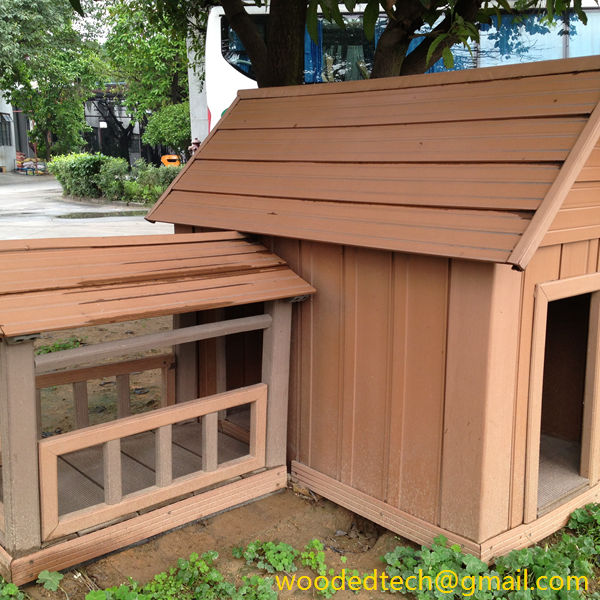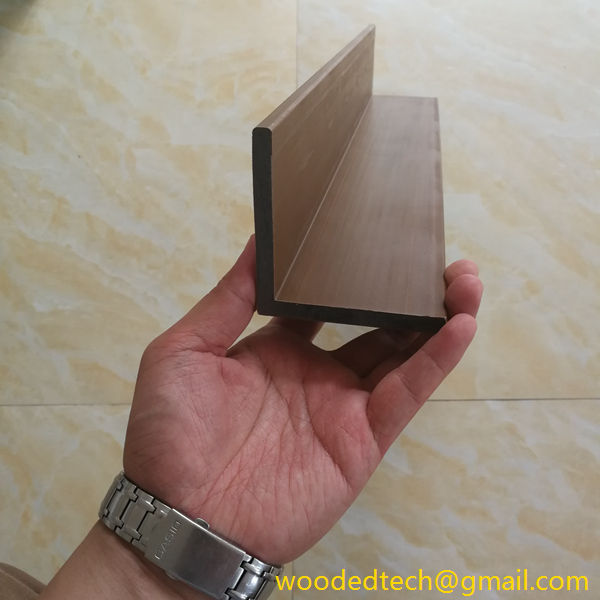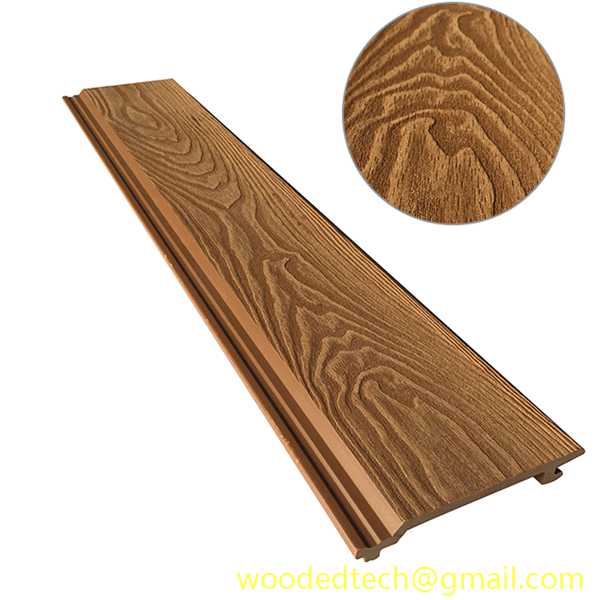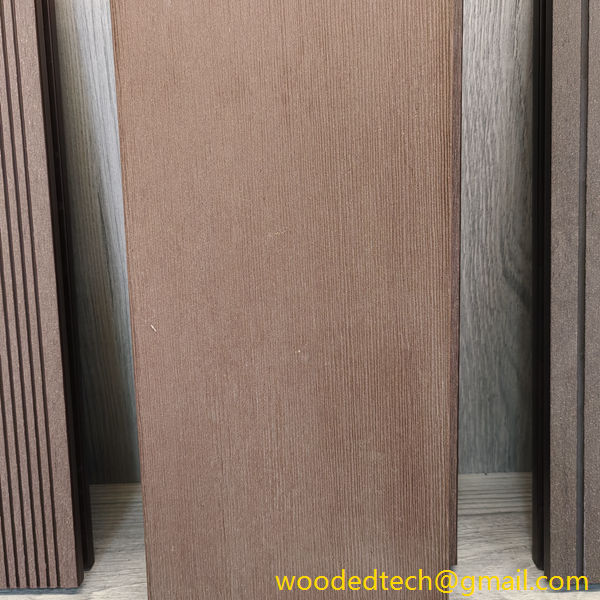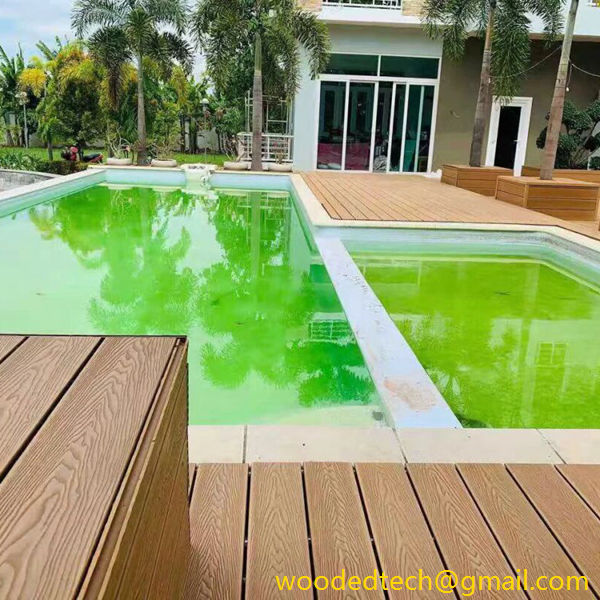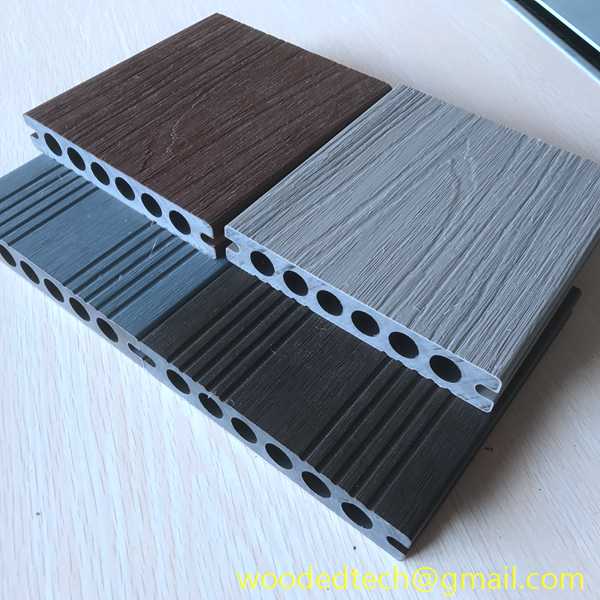WPC (Wood Plastic Composite) flooring has gained popularity as a versatile and practical flooring solution, especially when installed over concrete surfaces. This type of flooring combines the best characteristics of wood and plastic, resulting in a durable and aesthetically pleasing product. However, proper installation and maintenance are crucial for ensuring its longevity and performance. This article will discuss the essential steps for installing WPC flooring on concrete surfaces and provide maintenance tips to keep it looking its best.
Before beginning the installation process, it is vital to prepare the concrete surface correctly. The first step is to ensure that the concrete is clean, dry, and level. Any debris, dust, or contaminants should be removed, as these can interfere with the adhesion and performance of the flooring. A thorough cleaning can be achieved using a vacuum or a damp mop. After cleaning, check for moisture levels in the concrete. Excess moisture can lead to mold and mildew growth, potentially damaging the WPC flooring. A moisture test can be conducted using a moisture meter or by applying a plastic sheet to the surface and checking for condensation after a day.
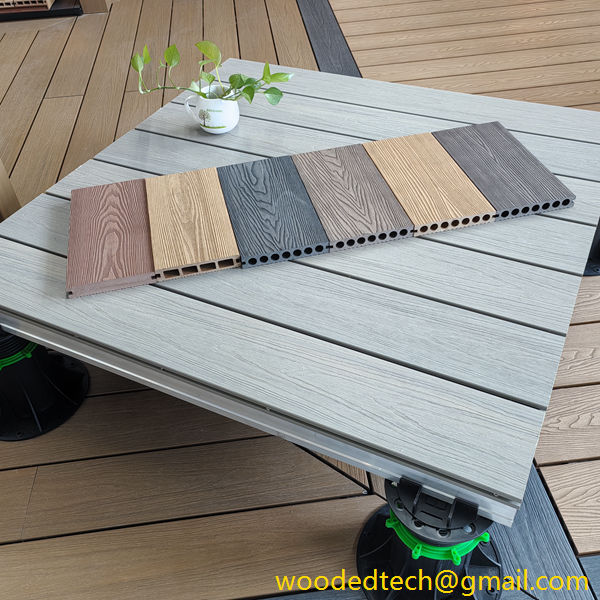
Once the concrete surface is adequately prepared, the next step is to assess its levelness. Any significant unevenness can cause problems during installation and may lead to damage over time. If there are low spots or high spots, they should be addressed before proceeding. Self-leveling compounds can be used to create a smooth surface, ensuring that the WPC planks will lay flat and secure.
After preparing the concrete, the installation process can begin. It is advisable to acclimate the WPC flooring planks to the room’s temperature and humidity for at least 48 hours before installation. This allows the planks to expand or contract as needed, reducing the risk of warping or buckling once installed. During installation, it is essential to follow the manufacturer’s guidelines for spacing and layout. Most WPC flooring products feature a click-lock system, which allows for easy and straightforward installation without the need for glue or nails.
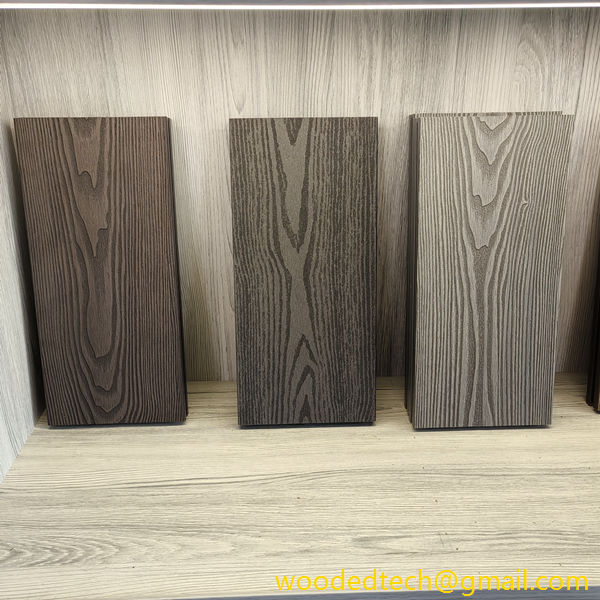
When laying down the planks, it is crucial to leave an appropriate expansion gap around the edges of the room. This gap allows for natural expansion and contraction due to temperature changes. Typically, a quarter-inch gap is recommended. Additionally, use spacers to maintain this gap during installation. Once all planks are installed, the final step is to secure any transition strips, which help to create a smooth transition between different flooring types or rooms.
After the installation of WPC flooring is complete, maintaining its appearance and functionality is essential. Regular maintenance can significantly extend the life of the flooring. One of the primary maintenance tasks is regular cleaning. WPC flooring is relatively easy to clean, requiring only sweeping or vacuuming to remove dust and debris. For deeper cleaning, a damp mop with a mild cleaning solution can be used. It is essential to avoid using harsh chemicals or abrasive cleaners, as these can damage the surface of the flooring.
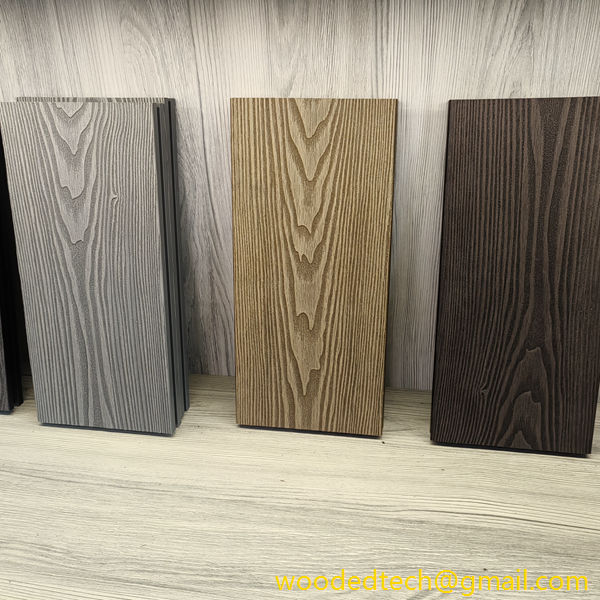
In addition to regular cleaning, it is advisable to use area rugs or mats in high-traffic areas to protect the flooring from scratches and wear. Furthermore, furniture pads should be placed under heavy furniture to prevent indentations. If spills occur, they should be wiped up immediately to prevent any potential staining or damage.
Another important aspect of maintenance is monitoring humidity levels in the environment. WPC flooring is designed to be water-resistant, but excessive moisture can lead to issues such as warping or mold growth. Maintaining a consistent indoor humidity level, ideally between 30 to 50 percent, can help protect the flooring.
Finally, it is essential to regularly inspect the flooring for any signs of damage or wear. Addressing minor issues promptly can prevent them from escalating into more significant problems. If any planks become damaged, they can often be replaced individually without the need to remove the entire floor.
In conclusion, installing WPC flooring on concrete surfaces requires careful preparation and adherence to manufacturer guidelines. Proper maintenance, including regular cleaning and monitoring of environmental conditions, is crucial for preserving the beauty and functionality of WPC flooring. By following these steps, homeowners can enjoy their WPC floors for many years to come.

